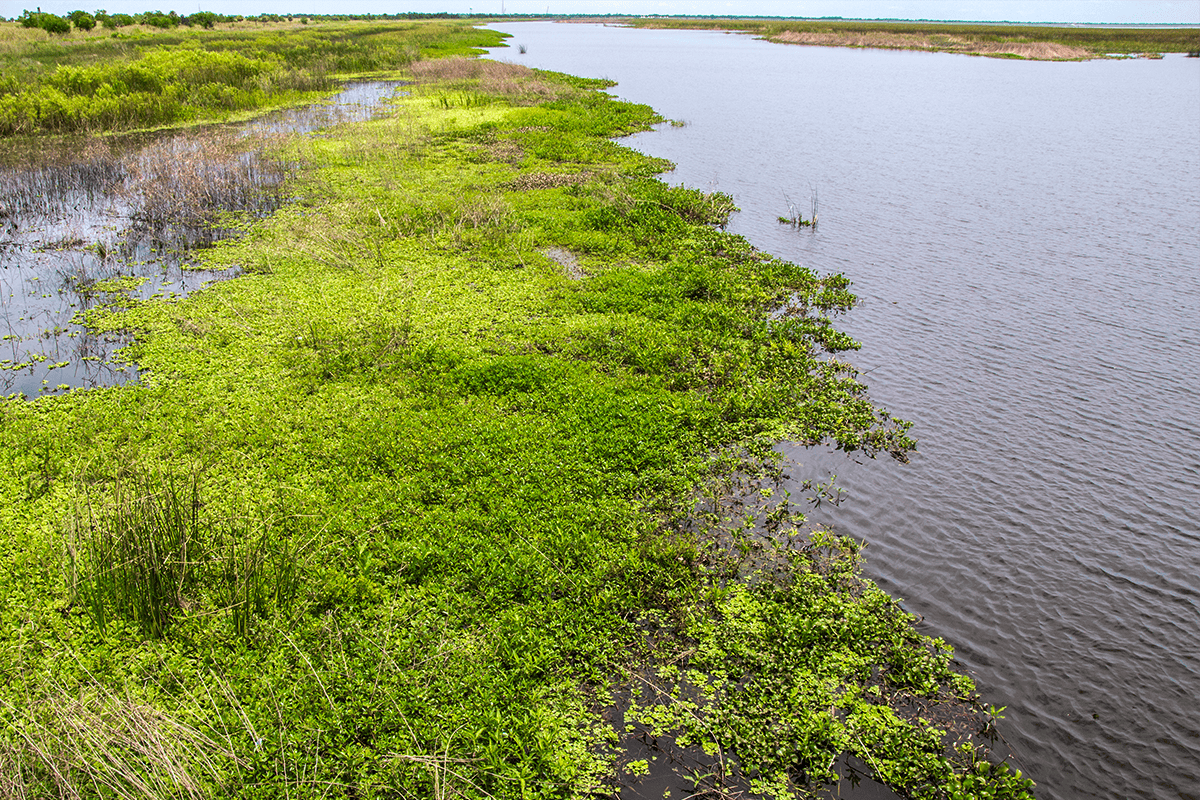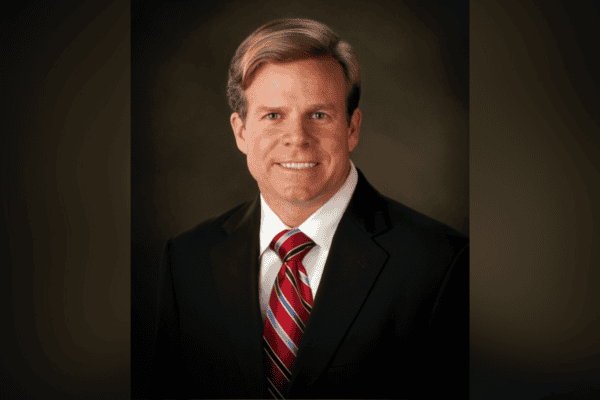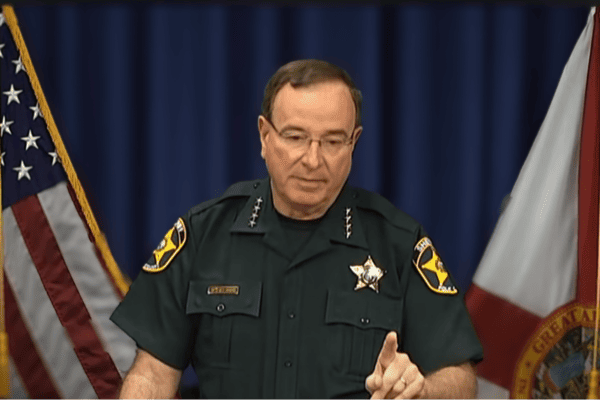One Florida Foundation director wants more infrastructure for Lake Okeechobee discharges

FORT LAUDERDALE, Fla. – One Florida Foundation Director Nyla Pipes advocated for more infrastructure after an order by Congress to the U.S. Army Corps of Engineers to release Lake Okeechobee discharges south into the Everglades Agricultural Area.
“There’s a whole plan for when you release water from the lake. At the moment, we are technically operating under LORS 2008 [Lake Okeechobee Regulation Schedule] because that was the plan that was put in place,” Pipes said.
According to Pipes, the Corps deviated from its plan under “operational flexibility.”
Lake Okeechobee, located in central and southern Florida, was initially held at higher levels through the direction of the Corps. The initial operation intended to avoid releasing water east and west to the Caloosahtachee and St. Lucie Rivers.
“They let the lake get above 16 feet, and then they reached a spot where they realized – with the coming weather, everything coming down from the Kissimmee, and the fact that we are heading into rainy season – it was time to get the lake a little lower,” Pipes said.
Videos also have allegedly surfaced showing the Everglades, the largest wetland ecosystem in the United States, with extensive flooding damage.
A grassroots organization, One Florida Foundation is “dedicated to developing sustainable statewide policy that works to preserve and protect Florida’s water resources.” The nonprofit also “dares to approach problems from a perspective of problem solving and solution seeking.”
While some environmental groups complain about pollutants, Pipes provided two issues with stopping discharges into estuaries.
“The long standing solution has been to send water south and the way nature intended,” Pipes said. “When they say that, they don’t account for the fact we built in over 50% of which would be the Everglades footprint from Orlando all the way to the Florida Keys. You can’t just send all that water south because all that water never actually went south, a lot of it used to sit in the Kissimmee Basin and soak in and recharge the aquifer and evaporate off.”
Pipes called the cause and effect of sending water south a “misnomer.”
“There does need to be more water sent south, but it needs to be sent south clean and in the right times and at the right amounts,” Pipes said. “It’s a very complex conversation that people tend to oversimplify.”
Over the issue, Pipes emphasized Florida’s farmers were getting caught in the blame game.
“There is a lot of ‘blame the farmers’ because farmers are in the way,” Pipes said. “But so is Weston, Sunrise, the Miami Airport. To be fair, there is a lot of us in the way of where water used to flow.”
“The second thing about that is if farmers weren’t there, we would have more development because the state of Florida can simply not afford to own the entire southern portion of the peninsula,” she said.
Pipes also mentioned farmers are part of the plan to send water south under the 1994 Everglades Forever Act.
One group, Captains for Clean Water, has continuously ridiculed Florida’s farmers as the scapegoat.
As a solution to the discharges, Pipes stated the answer would come with completing more infrastructure.
“We really need storage north of the lake, not just south,” Pipes said. “I’m really excited about the LOCAR reservoir. It’s the Lake Okeechobee Component ‘A’ Reservoir. It is one of the Everglades Restoration Projects in CERP.”
Pipes also mentioned more infrastructure was needed south of the lake.
“One of the things that’s in the way is the federalized system and some of the compartmentalization needing to be opened up,” Pipes aid. “We need larger conveyance features. Canals can only carry so much water at a time. For instance, we have some levees in the way.”
Pipes added other infrastructure being in the way to include railroad beds and telephone wires inside Everglades restoration.
Another issue, Pipes mentioned, was the habitat of the Cape Sable Seaside Sparrow.
“That’s a very specific issue at the very bottom end of the system at Tamiami Trail that causes us not to be able to send as much water south as we could otherwise because of the Endangered Species Act,” she said.
Pipes noted, because of the bird, water is currently “stacked up” in the Central Everglades, south of Lake Okeechobee and before the Tamiami Trail in the water conversation areas.
“The S12, ‘A and B’ structures, and the S343 structures, all get closed to the Cape Sable Seaside Sparrow, which is an endangered bird,” Pipes said.
Pipes noted the bird has not been seen for a decade.
“U.S. Fish and Wildlife admit that this bird is not nesting where they say it’s nesting,” Pipes said. “The bird isn’t there. When you’re drowning the Central Everglades, it doesn’t make sense to keep the S-12 structures and the S343 structures closed.”
Pipes, along with others, helped institute an “operational deviation” plan to send water south.
“But here we are, by March 31st, they intend to close those structures again […] Even though the water is still backed up in the Central Everglades,” Pipes said. “We are essentially using single species management because of the Endangered Species Act to kill what’s left of the filter of the Everglades.”



